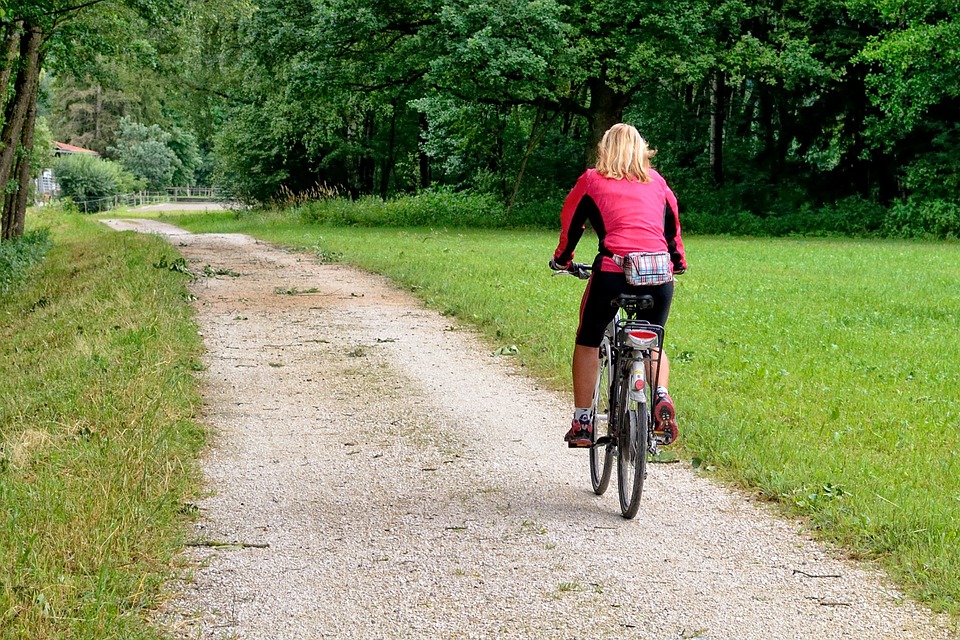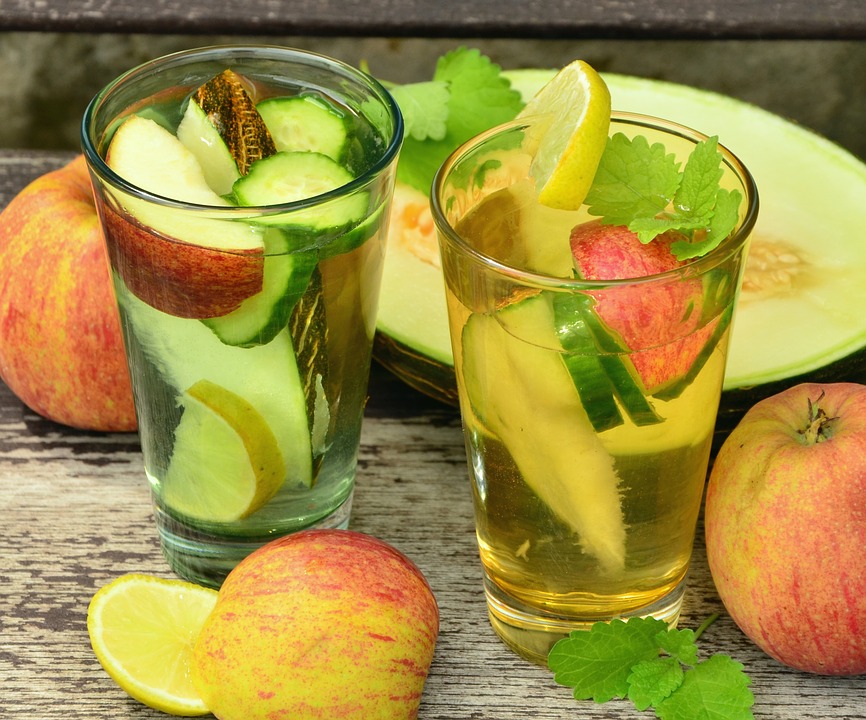Longer days, warmer weather – it must be Spring!
Are you inspired to shed some hibernation habits and get moving? Whether your favorite activity involves a shovel and some dirt, a bike and a trail or a gym membership, before you lace up your tennis shoes be sure to give your hydration plan some thought. Proper hydration can lead to improved performance and help you avoid the dangers of dehydration or the rare occurrence of over hydration.
Regular activity and good hydration is important for everyone, but can be a little trickier for people with diabetes who have the additional task of keeping blood sugar in safe range. Blood sugar monitoring surrounding exercise is important and normal hydration status is essential for accurate blood sugar monitoring results. Also, it can be difficult to know when to choose a fluid that contains carbohydrate over a carbohydrate-free beverage.

When choosing a beverage, water is a clear winner for hydration purposes. It is a natural choice and will not affect blood sugar. Electrolyte-containing beverages or sports drinks are generally not necessary for exercise that lasts less than 1 hour and is mild to moderate in intensity. Sugar-free sports drink can be useful for durations shorter than one hour if your activity is more intense than usual or your sweat rate is high. If your blood sugar tends to drop due to your activity, it can be useful to consume a regular sports drink to meet your fluid needs and raise your blood sugar. A carbohydrate-containing sports drink can also be useful as an energy source when exercising longer than one hour.
Listed below are some tips for establishing your hydration plan based on recommendations for the general public by the American College of Sports Medicine. Please keep in mind that a hydration plan needs to be tailored as everyone responds to exercise differently. Some people sweat heavily and lose more fluids and electrolytes with exercise while have a lighter sweat rate. You will want to experiment and fine-tune your plan to match your activity with regard to intensity and duration of exercise and in varied temperature and weather conditions.
Consider your daily habits first. If you are dehydrated before you start exercising, your status could get worse once you start sweating. So, be sure to consume enough fluids from water, other beverages and food on a regular basis. Remember fruits and vegetables contain water and include them at meals and snacks. Try to drink 6 to 8 eight ounce glasses of water daily and then adjust as needed.
How do you know if you are hydrated? A simple way to monitor your hydration status is to check the color of your urine. Light-colored urine indicates you are hydrated. Dark-colored urine signals dehydration. You can also weigh yourself before and directly after exercise. The weight lost is equivalent to the amount of fluid lost (and not replaced) during exercise. Finally, remember that if you feel thirsty, you are already becoming dehydrated.
Before Exercise
- Drink 16-20 fluid ounces (2 to 2.5 cups) of water at least four hours before exercise.
- Drink 8-12 fluid ounces (1 to 1.5 cups) of water 10-15 minutes before exercise.
During Exercise
- Drink 3-8 fluid ounces of water every 15-20 minutes when exercising.
- Drink 3-8 fluid ounces of a sports beverage (5-8% carbohydrate with exercise) every 15-20 minutes when exercising greater than 60 minutes.
- Do not drink more than one quart (4 cups) per hour during exercise.
After Exercise
- Weigh yourself before and after exercise to estimate your fluid losses. Aim to replenish fluids lost with exercise within two hours.
- Drink 20-24 fluid ounces of water or sports beverage for every one pound lost.

Consider keeping an exercise journal or adding notes to your favorite blood sugar tracking app. In addition to tracking medications, blood sugars, meals and snacks, jot down your activity and fluid intake so you can adjust your plan as needed. Keep in mind that as the temperatures increase with the summer months, it may be necessary to increase your fluid intake to adapt to a higher sweat rate.
If you have diabetes, it is important to consider other safety factors with exercise. Talk to your healthcare provider about your plan. Monitor blood sugars closely. Keep a source of sugar (glucose tabs, gel, juice, hard candy, etc.) with you in case of low blood sugar. Be sure to wear proper shoes and medical identification. If you have Type 1 diabetes and pre-exercise blood sugar is above 300 mg/dl, be sure to check for ketones and do not exercise if ketones are present. If you have fluid restrictions due to kidney disease, discuss exercise with your physician.
Daily movement is good for everyone so, lace up your shoes, grab your water bottle and say “hello” to your favorite activities.
Resources:
Physical Activity/Exercise and Diabeetes: A Position Statement of The American Diabetes Association, Colberg et al. Diabetes Care 2016 Nov: 39(11):2065-2079